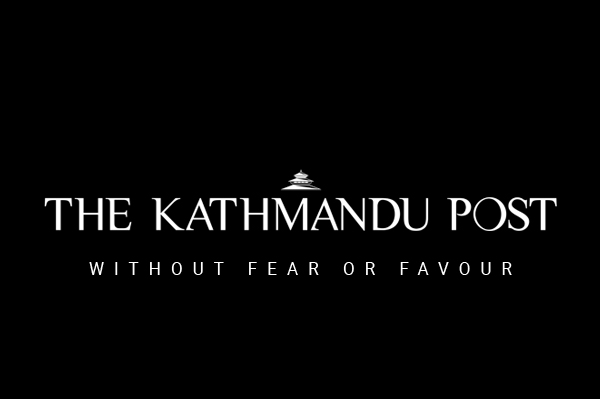The Janata Samajbadi Party (JSP), which came into being a little over a year ago with a promise of an alternative force, fell apart on Monday. It became apparent that the unity between the Sanghiya Samajbadi Party, led by Upendra Yadav and Baburam Bhattarai, and the Rastriya Janata Party, led by Mahantha Thakur, in April last year was a marriage of convenience rather than conviction. Following escalating conflict between the constituents, both factions had laid claim to the party name and the election symbol. But after a “headcount” of the party’s central executive committee members, the Election Commission handed the JSP to the Yadav-Bhattarai group, leaving Mahantha and Co high and dry. The Mahantha group can now either remain within the JSP or register a new party of its own. No matter what, the idea of an alternative force has gone down the chute.
Just as the Election Commission was deciding on the JSP dispute, Rabindra Mishra, a journalist-turned-politician, issued a public statement, calling for the abolition of federalism and a referendum on secularism. The statement from Mishra, who leads the Bibeksheel Sajha Party which itself promises to usher in a new era in politics by transforming itself into a strong alternative force, is out and out regressive.
The JSP’s bifurcation and Mishra’s statement have received huge media attention. Some, however, were quick to ask why the Nepali media was giving too much space to Mishra, whom many described as someone with no stakes in the struggles and sacrifices made by the people leading to the adoption of federalism, secularism and republicanism. The question here, however, is not that the JSP failed to remain united or that Mishra is making a statement against the main tenets of the constitution. The question is how, in Nepal, the idea of an alternative force has failed to take off despite some promising starts.
When Bhattarai quit the Maoist party and launched his own party days after the promulgation of the 2015 constitution, he, too, promised to provide a new alternative force. He chose his party name aptly—Naya Shakti, meaning “new force”. But there were no takers. Bhattarai was the only one to make it to the federal Parliament in the 2017 elections. In a bid to maintain his space in Nepali politics, he decided to merge his party with Yadav’s Sanghiya Samajbadi Forum Nepal in 2019.
Yadav’s politics, however, has also been mired with controversies. Though he is known for launching a strong movement in the Madhes region, his and other Madhes-based parties have earned notoriety for their lust for power. And that applies to Nepal’s other mainstream political forces as well. The idea of an alternative force does inspire hope, but whether it works in Nepal depends on how those making a pitch for the same commit to the cause.
Widespread discontent with the highhandedness of the “traditional parties” has created a space for alternative politics in Nepal for sure. But those who present themselves as alternatives are either busy fighting amongst themselves or are unable to feel the pulse of the people who really seek alternative politics and not a couple of new political alternatives in the ballot paper. It takes immense grit and perseverance to practise alternative politics and make it work. As of now, alternative politics has remained an excellent idea on the drawing board only.











 English (US) ·
English (US) ·